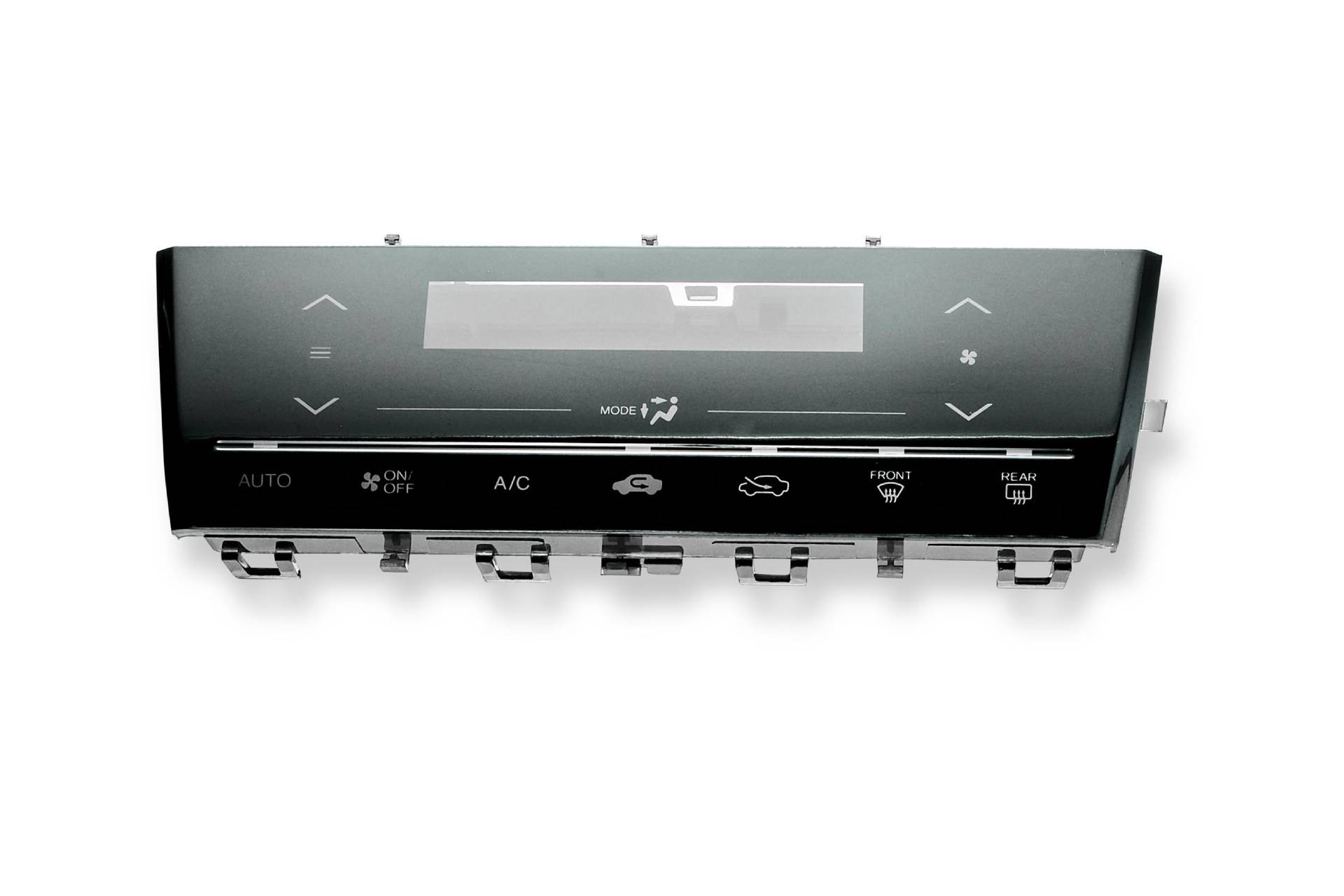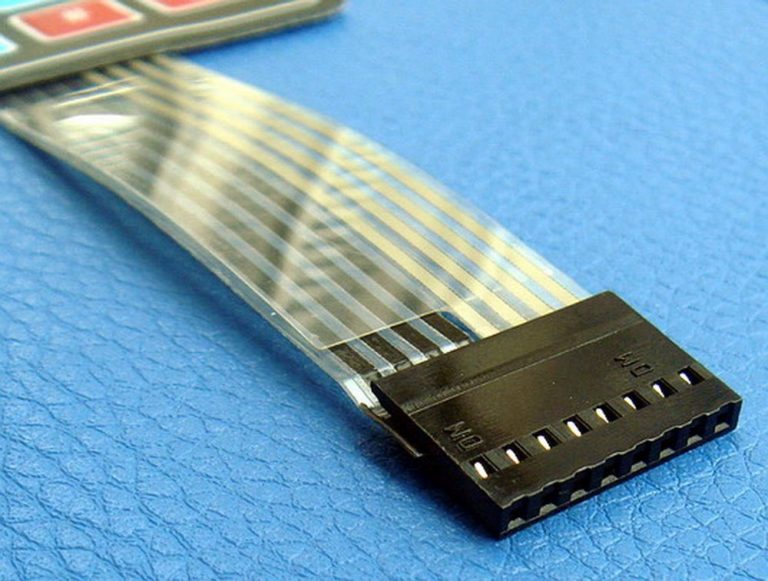An creative membrane switch manufacturer can develop cutting-edge features and materials.
An creative membrane switch manufacturer can develop cutting-edge features and materials.
Blog Article
All Regarding Membrane Change: Recognizing Its Style and Functionality
When you believe concerning the control interfaces in contemporary gadgets, membrane buttons frequently come to mind. Allow's discover what collections membrane switches apart from other control systems.
What Are Membrane Buttons?

Their smooth nature makes them simple to clean and immune to dirt and dampness, an essential feature in lots of settings. Membrane layer buttons can likewise be personalized pertaining to form, dimension, and graphics, permitting suppliers to produce one-of-a-kind interfaces tailored to particular items. And also, they're light-weight and slim, which helps in decreasing the overall bulk of devices. In general, membrane switches play a significant role in boosting user experience throughout a large variety of applications.
Just How Membrane Switches Work
When you press a trick on a membrane layer button, it triggers a straightforward yet efficient mechanism. The top layer, commonly made of flexible product, lowers onto a conductive layer below it. This activity bridges the gap between conductive traces, finishing an electric circuit. As quickly as the circuit closes, it sends a signal to the tool's controller, which translates your input.
You'll observe that the responsive responses differs based on the switch layout, supplying either a soft click or a more obvious response. When you release the trick, the membrane layer go back to its original setting, resuming the circuit and quiting the signal. This process occurs practically immediately, making sure a receptive individual experience.
Membrane switches are prominent as a result of their sturdiness and resistance to dust and dampness, making them optimal for various applications, from household devices to clinical gadgets. Comprehending this operation helps you value their widespread usage.
Key Parts of Membrane Buttons
Understanding the vital components of membrane layer switches is fundamental for realizing their performance and design. The safety layer shields versus environmental variables and wear, expanding the button's life expectancy. By understanding these components, you'll obtain insight right into exactly how membrane switches over operate and their significance in various applications.
Products Used in Membrane Layer Switch Layout
The efficiency and resilience of membrane changes heavily depend upon the products utilized in their layout. You generally run into polyester and polycarbonate as key substratums as a result of their excellent toughness and versatility. These products withstand scratches and chemicals, making them excellent for requiring settings.
The conductive layers often use silver or carbon, picked for their integrity and conductivity. membrane switch manufacturer. Silver offers premium efficiency, while carbon is an economical option. For the overlay, you could consider Check This Out a matte or glossy finish, depending upon your visual demands and user experience
Make certain to select adhesives that stand up to ecological aspects like temperature level and humidity. Selecting the appropriate materials will assure your membrane layer switch stands the test of time.
Design Considerations for Membrane Switches
While making membrane switches, it's crucial to consider different aspects that affect their performance and user experience. Start by concentrating on the format and button dimension; make certain they're user-friendly and simple to navigate. Take into consideration the responsive feedback you intend to give-- will individuals require a visible click or a softer touch? Furthermore, consider the materials you'll utilize, as they'll impact longevity and visual appeals.
Validate your layout fits environmental elements, like wetness or temperature variations, which could impact efficiency. By meticulously taking into consideration these components, you'll create a membrane layer button that improves functionality and complete satisfaction.
Applications of Membrane Buttons
Membrane switches are versatile components located in numerous applications, from commercial devices to consumer electronic devices. You'll see their influence in makers that call for resilient interfaces and in gadgets that gain from sleek layouts. Comprehending these applications helps you appreciate the capability and usefulness of membrane layer switches in everyday innovation.
Industrial Equipment Usage
When you're looking to enhance the capability of industrial equipment, membrane layer switches supply a reputable option that incorporates sturdiness with easy to use design. These switches are excellent for extreme environments, providing resistance to dirt, moisture, and chemicals. Embrace membrane layer buttons to simplify your operations and improve total efficiency.
Customer Electronic Devices Combination
In the domain of consumer electronics, membrane layer switches play an important click for more info function in enhancing customer interaction and device capability. Membrane layer buttons likewise assure longevity and resistance to dust and dampness, extending the life-span of your electronics. By picking membrane buttons, you boost not simply the capability but additionally the design of your tools, making everyday communications smooth and delightful.
Advantages and Disadvantages of Membrane Switches
While membrane layer switches offer a variety of benefits, they likewise feature some disadvantages that you should think about. One substantial benefit is their small layout, making them suitable for space-constrained applications. They're also economical, providing a long lasting solution with a low manufacturing expense. On top of that, their seamless surface area is very easy to tidy, boosting health in settings like healthcare facilities.

However, there are downsides. Membrane layer buttons can have a much shorter life-span contrasted to mechanical switches, especially under heavy usage. They can likewise be much less responsive, which may affect user feedback during operation. If damaged, fixing them can be difficult and frequently requires full substitute. Eventually, their sensitivity to extreme temperature levels and environmental problems might limit their effectiveness in particular setups. Balancing these advantages and disadvantages will help you figure out if membrane layer buttons are the right fit for your task.
Regularly Asked Concerns
For How Long Do Membrane Layer Switches Over Generally Last?
Membrane changes typically last between 5 to one decade, depending on use and environmental problems. You'll desire to examine elements like wear, exposure to dampness, and temperature variations to determine their long life successfully.
Can Membrane Layer Changes Be Customized for Particular Designs?
Yes, you can customize membrane layer switches to fit certain layouts (membrane switch manufacturer). You'll have the freedom to choose shades, shapes, and formats that match your project's requirements, guaranteeing they blend seamlessly with your total aesthetic
What Is the Price Range for Membrane Layer Switch Production?
The expense array for membrane layer switch production commonly falls between $1 and $10 per device, relying on elements like design intricacy, amount, and products. You can obtain quotes from manufacturers to discover the ideal alternative.

Are Membrane Layer Switches Water Resistant or Immune?
Membrane layer buttons can be designed to be water resistant or immune, relying on products made use of and construction methods. If you need them for wet environments, assure you define those needs throughout the design process.
How Do Membrane Layer Switches Compare to Conventional Buttons?
Membrane buttons are typically thinner and extra adaptable than conventional switches, supplying a smooth design. They're typically less complicated to clean Continue and incorporate, yet might not provide the responsive responses you're made use of to with mechanical choices.
Final thought

Report this page